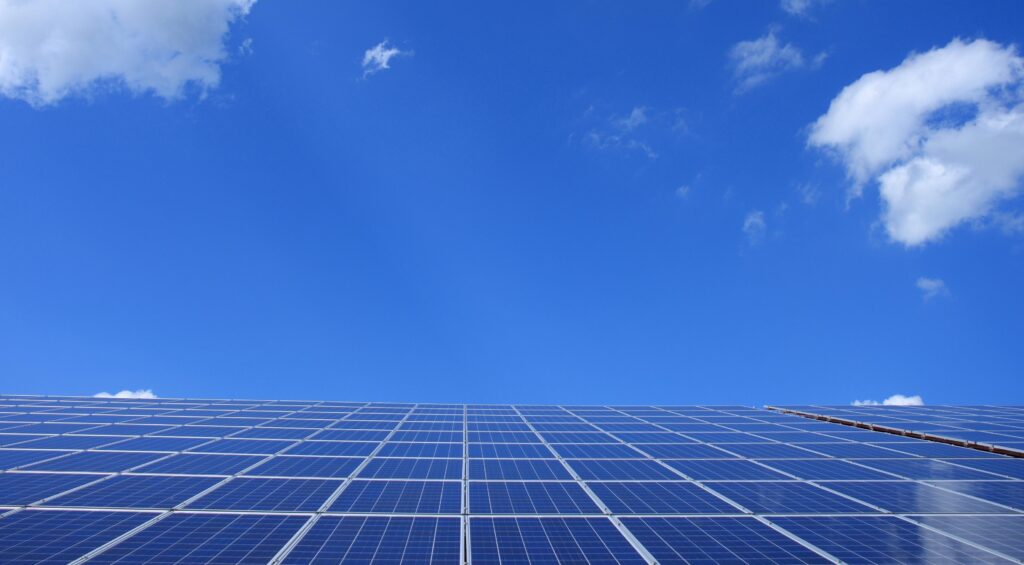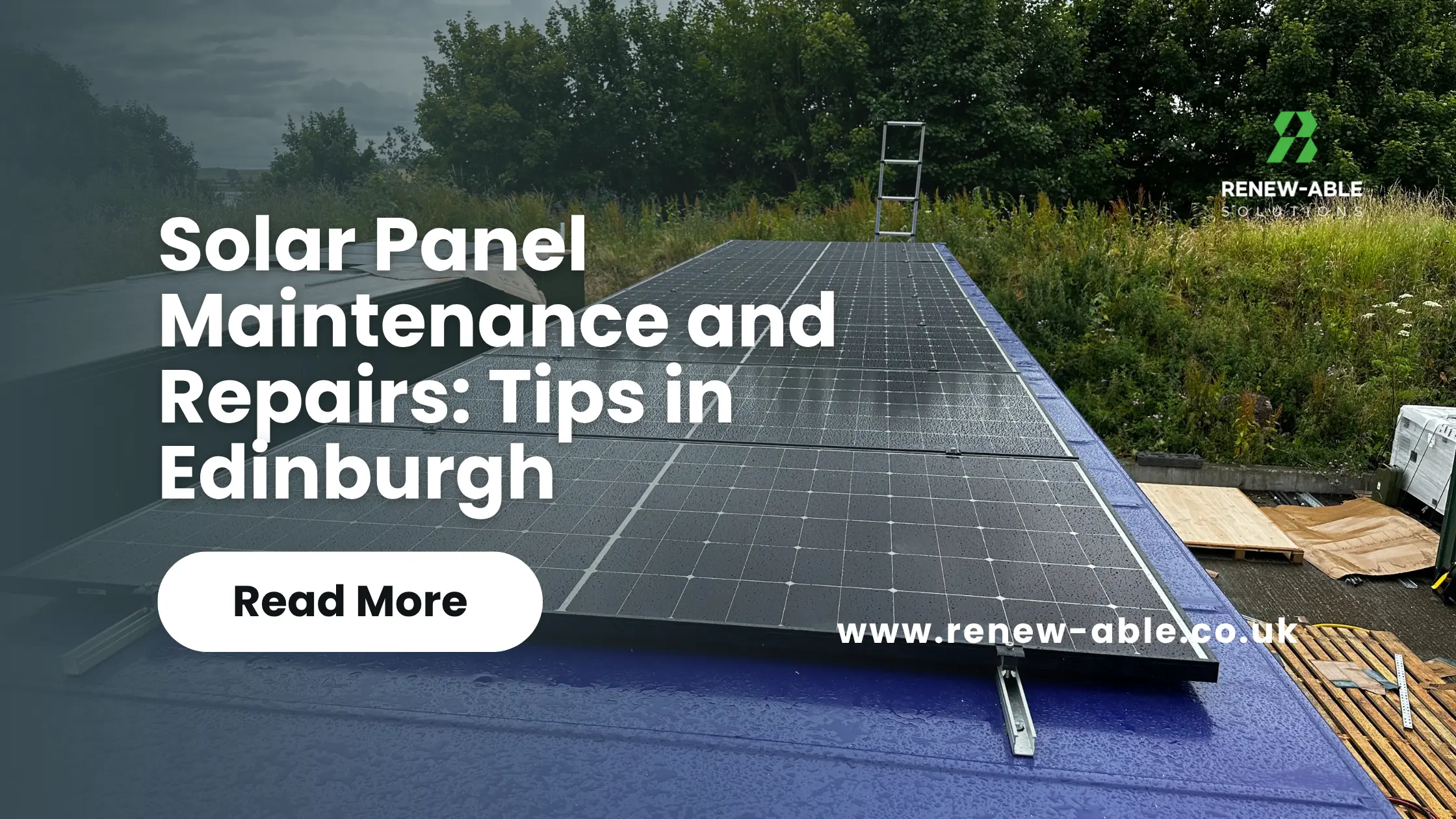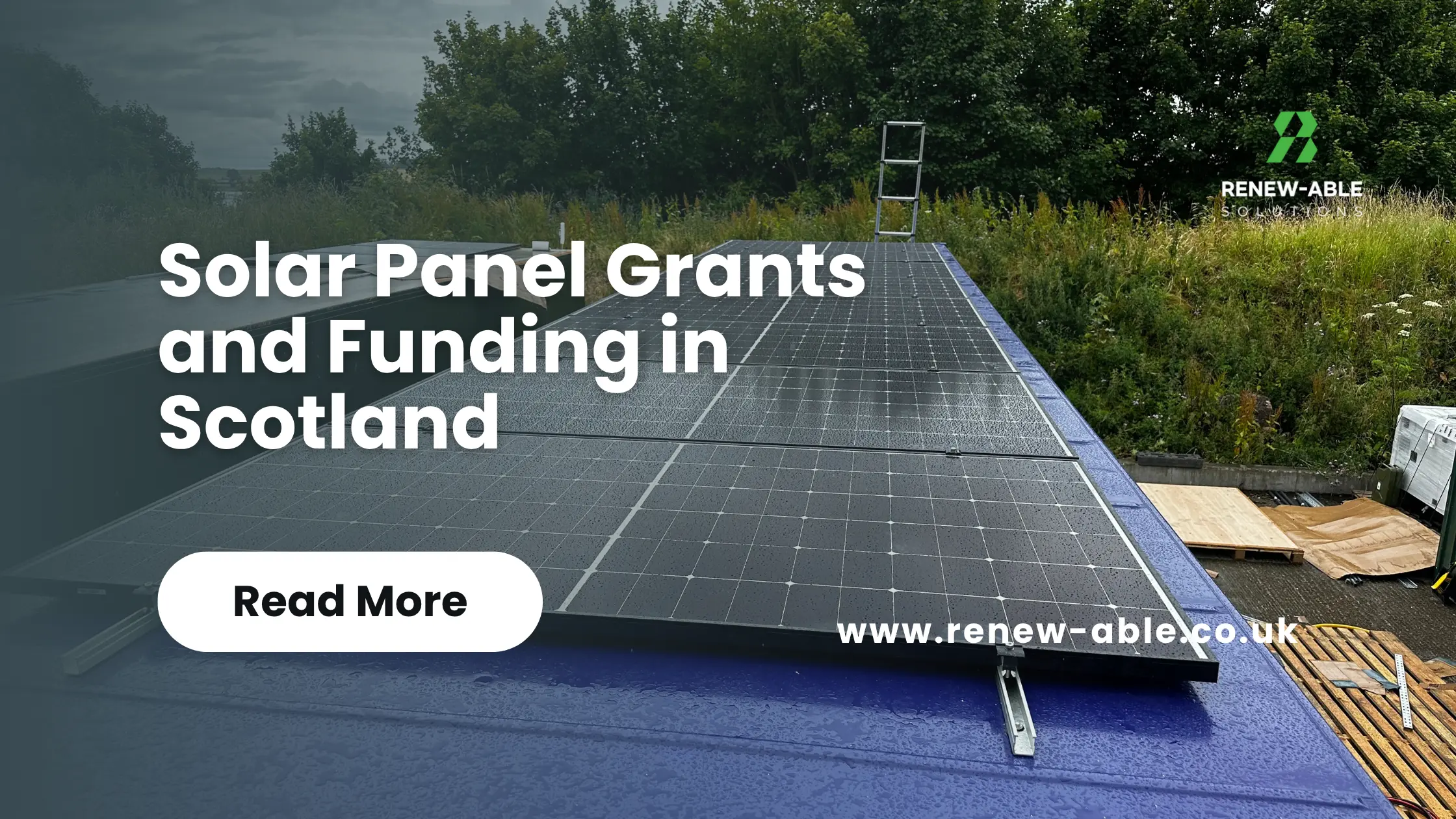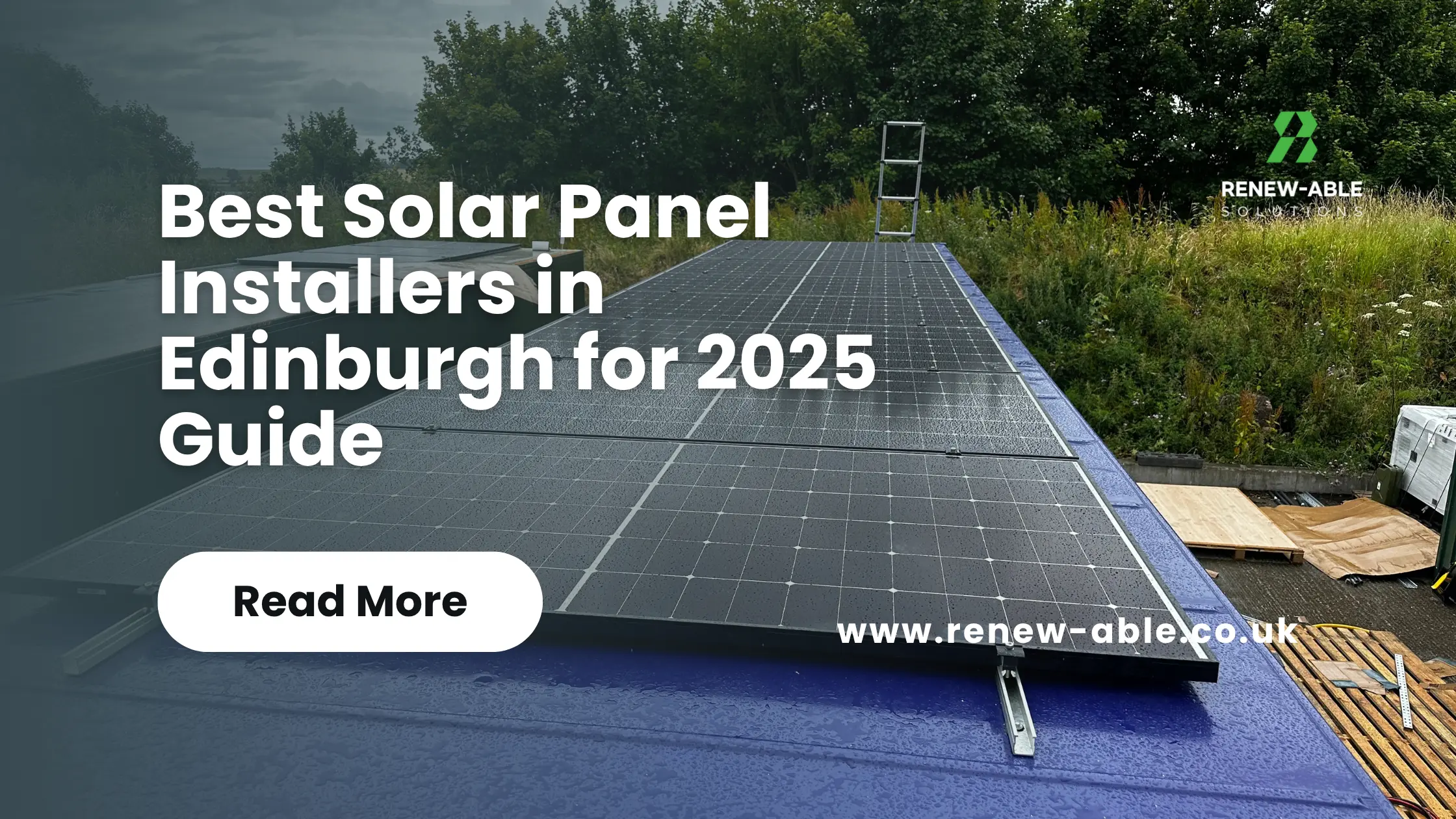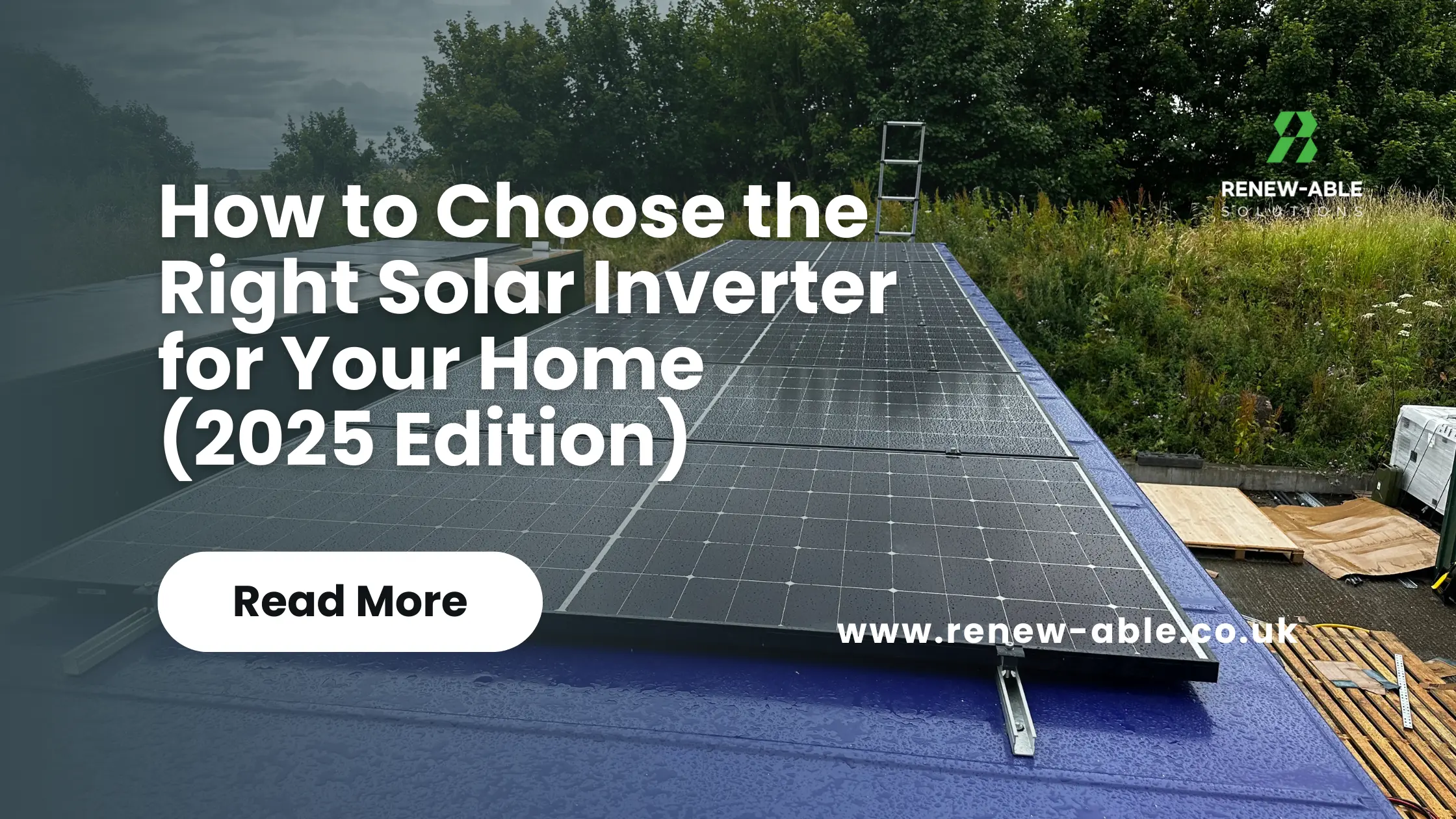Can Solar PV give me a ROI?

It’s now been three years since solar subsidies were phased out and tax rates first hiked, then dramatically scrapped. At the same time, electricity prices have continued to rise, especially during the recent energy crisis. So what does this mean for the economics of solar power? In short, are solar panels worth it today?
Can Solar PV give me a ROI? – Speaking purely from a financial point of view, the answer is a resounding yes. Of course beyond the financial, there are many other benefits, including energy independence and reduced air pollution.
Back to the financials. The solar Feed-in Tariff subsidy may have ended, but the cost of the technology has fallen by more than 50% over the past decade. Overall the cost of domestic solar electricity is now around 10p per kWh. This is well below the 19p average domestic import cost from the grid (which, by the way, increased by an average 4.9% each year over the past decade…).
The economics of solar in 2022
A typical 4 kWp solar system (10-13 panels) now costs around £6,500, with the new 0% VAT rating. There will be some maintenance costs over the life (a recommended clean and service every 3-5 years), and a probable inverter replacement required, total cost around £2,050 in today’s money. So the true all-in cost of the system is around £8,550.
On average a system will generate around 3,500 kWh a year, allowing for a modest degradation over time. In its 25 year life, it is expected to generate about 88,000 kWh of electricity.
The unsubsidised cost of solar
Ignoring export tariff payments for now, that means each kWh generated costs 10p:
| kWh from 4kWp system over 25 years: | 88,000 |
| System cost (VAT at 0%): | £6,500 |
| Lifetime maintenance cost (present value): | £2,050 |
| Total system cost: | £8,550 |
| Cost per kWh: | 10p |
Exporting power
Obviously to get maximum benefit from electricity that costs only 10p per kWh, you need to be using as much of it as possible on site, displacing imported electricity – the average cost of which is 19p/kWh.
On a time-of-use tariff, where you pay peak and off-peak rates, you may be able to save even more. For example, Octopus Go rates (in our area at the time of writing) are 30.6p/kWh in the daytime and 7.5p/kWh from 0.30-4.30am.
If you don’t use the solar electricity (or store it), it won’t be worth as much to you – it will only be worth the export tariff, around 5.5p per kWh.
So with a time-of-use tariff, you will gain around 21p per kWh by displacing expensive daytime electricity, and lose around 4.5p per kWh on anything you export. Without a battery, as long as you use at least 50% on site you are going to be ‘quids in’.
The lifetime cost of grid electricity
It’s one thing to compare the lifetime cost of solar power to today’s import tariffs, but perhaps it would be fairer to compare it to the cost of grid electricity over that same 25 year period. Over the past decade, electricity prices have risen by an average of 4.9% each year. Assuming this rate continues, the expected average lifetime cost of grid electricity is 36p/kWh.
Solar plus domestic battery storage
With a battery and a time-of-use tariff, you will easily use 70-80% on site, and open up the potential to top up your battery (and your car) with cheap overnight electricity, while avoiding altogether the high daytime tariff inherent in a time-of-use tariff.
The stored electricity will cost you a bit more than 10p per kWh (more like 20p per kWh all-in), because of the cost of storage, but you will minimise export, still benefit from the cheap overnight rate of the time-of-use tariff to charge your car and top up your battery, and, with Powerwall 2 for example, you have the added bonus that your lights will still be on in a power cut.
Conclusion: solar is still a very good investment!
As long as you use at least 50% of your power on site, then, with a judicious choice of import tariff, solar will make sense. The more you use on site, the greater the savings. Using everything on site gives a cost well below the average home’s grid electricity rate of around 19p per kWh, and even further below the expected lifetime rate of 36p per kWh.
What’s more, the cost of grid electricity is rising. In absolute terms, it’s creeping up by around 4.9% each year…
On a financial return basis, the internal rate of return (IRR%) from an investment in a solar system is typically 9% over the life, non-taxable and linked to inflation. How many other investments yield 9%, dependent only on the sun continuing to shine?
